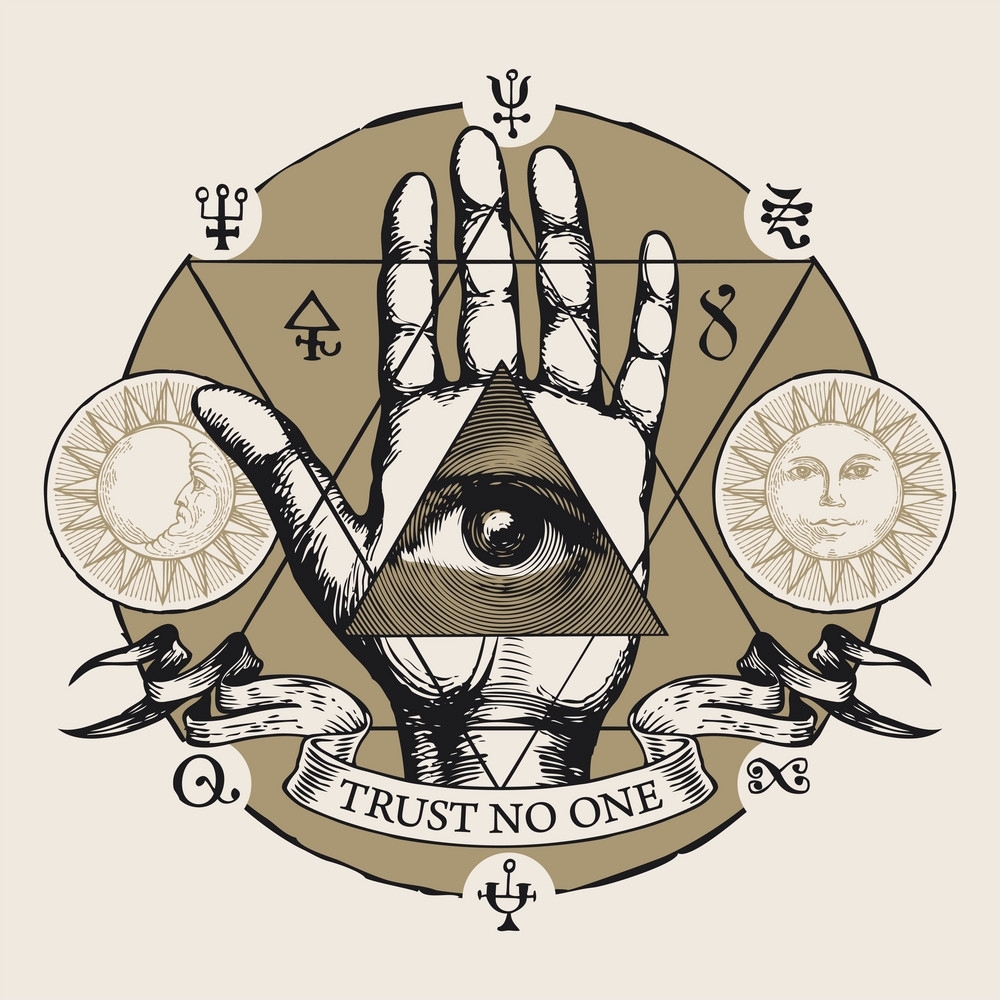As an example of peace and religious harmony, few architectural wonders in the world can surpass a set of more than 100 caves in India, hand-carved over seven centuries by the followers of three major religious traditions: Buddhism, Brahmanism and Jainism.
Known as the Ellora Caves, the rock structures date to the 5th century A.D., featuring monasteries and temples carved out of volcanic basalt rocks. They are located in a hilly area of Maharashtra, a state in western India overlooking the Arabian Sea.
Just 34 of the caves are open to the public, however, and they are a UNESCO World Heritage Site—an “invaluable ensemble” that “showcases a spirit of coexistence and religious tolerance,” as the UNESCO World Heritage Convention aptly puts it.
The temples have carved statues and scenes that remind worshippers and visitors of the age-old struggle between good and evil.
Followers of Buddhism, Hinduism and Jainism have used caves for centuries as temples and sacred sites, not just because they are usually far from the hustle and bustle of everyday life but also because the echo effect in the cavernous structures augments religious chanting.
The caves were built in three phases, according to UNESCO: The earliest (caves 1 to 12) were excavated between the 5th and 8th centuries. They reflect the Mahayana branch of Buddhism—the dominant form of the faith in China, Japan, Korea, Tibet and several other countries. (Buddhism once also flourished in India, the land of its birth, from where it spread beyond its borders.) Mahayana Buddhism envisions universal salvation, with the goal that it is possible for all sentient beings to achieve the state of a Buddha.
The Brahmanical cluster of caves 13–29 was excavated between the 7th and 10th centuries. Brahmanism is an ancient Indian religious tradition upheld by Hindu priests. Members of the priesthood carved out these caves.
The 16th cave is particularly remarkable. Known as the Kailasa Temple, it is a tribute to Lord Shiva that resembles the Hindu god’s abode, Mount Kailasa, in Tibet. One of the most striking features of the temple is its roof—the largest carved roof in the world, according to the Review of Religions, a magazine of comparative religion. It is estimated that 7,000 workers labored for some 150 years to build the temple, which the UNESCO World Heritage Convention describes as “a technological exploit without equal.”
The sheer amount of rock that the workers removed while excavating from the top down—thereby dispensing with the need for scaffolding—was enough to make two structures like the Parthenon, the 5th-century Greek temple dedicated to Athena.
The third and final phase of the excavation at Ellora occurred between the 9th and 12th centuries. Caves 30–34 were created by Jain monks. Like Buddhism, Jainism believes in attaining the state of liberated soul freed from the endless cycle of birth and rebirth.
_______________
From its beginnings, the Church of Scientology has recognized that freedom of religion is a fundamental human right. In a world where conflicts are often traceable to intolerance of others’ religious beliefs and practices, the Church has, for more than 50 years, made the preservation of religious liberty an overriding concern.
The Church publishes this blog to help create a better understanding of the freedom of religion and belief and provide news on religious freedom and issues affecting this freedom around the world.
The Founder of the Scientology religion is L. Ron Hubbard and Mr. David Miscavige is the religion’s ecclesiastical leader.
For more information
visit the Scientology website or Scientology
Network.
DOWNLOAD THE WHITEPAPER

